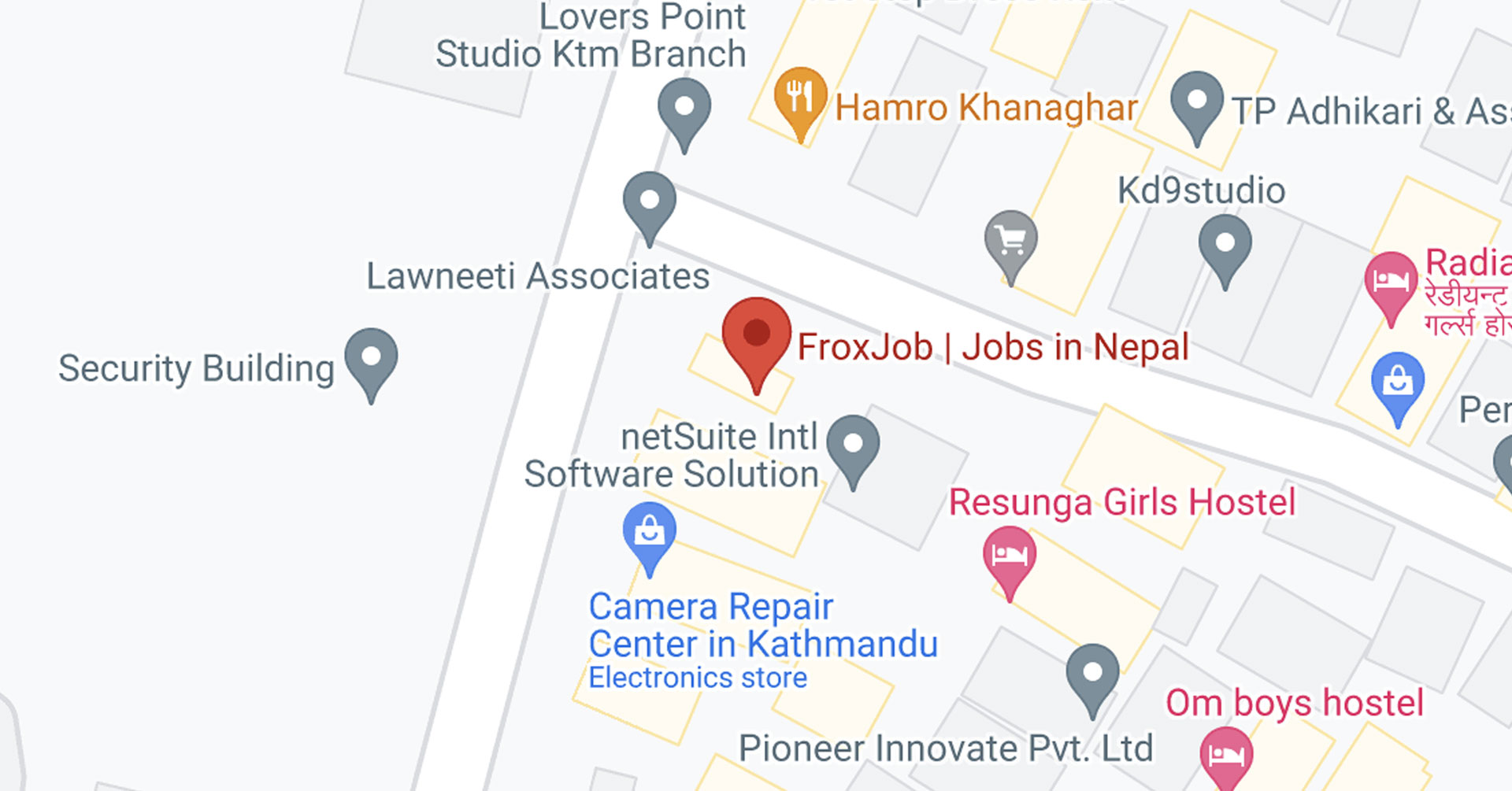What is quiet quitting and why is it happening?

What Is Quiet Quitting and Why Is It Happening?
Introduction
In recent years, the workplace has seen a significant shift in employee behavior known as quiet quitting. Despite the moniker, quiet quitting does not imply that employees are retiring from their positions. Instead, it refers to employees who choose to labor only what their job requires; no extra hours, no additional tasks, and no emotional overinvestment.
Quiet leaving is becoming a prominent topic in Nepal as the work culture transforms and younger professionals place a greater emphasis on work-life balance. Understanding why it happens is the first step toward addressing it effectively.
What Is Quiet Quitting?
Quiet resignation happens when individuals stay at their jobs but mentally detach from going "above and beyond." They do specified tasks, meet deadlines, and adhere to job descriptions, but stop volunteering for extra work or exceeding expectations.
This behavior is not due to laziness; rather, it reflects a conscious choice to prioritize personal well-being and establish professional boundaries.
Why Is Quiet Quitting Happening?
1. Lack of Work-Life Balance
One of the biggest reasons behind quiet quitting is burnout. Long working hours, constant pressure, and limited personal time cause employees to step back and prioritize their mental and physical health.
2. Feeling Underpaid or Unrecognized
When employees feel their efforts are not fairly compensated or appreciated, motivation declines. Over time, they may stop putting in extra effort when rewards and recognition are missing.
3. Limited Career Growth Opportunities
Employees who see no clear growth path or learning opportunities often lose enthusiasm. When effort does not lead to advancement, people naturally reduce their engagement.
4. Poor Management and Workplace Culture
Micromanagement, lack of communication, and unsupportive leadership play a major role. A negative work environment pushes employees to emotionally disconnect while still staying employed.
5. Changing Mindset of the Workforce
Today’s workforce, especially younger professionals, values balance, flexibility, and purpose. Many no longer believe that overworking guarantees success, leading to a shift in how they approach their jobs.
Is Quiet Quitting a Problem for Organizations?
Yes, it can be. While quiet quitters may still perform their duties, reduced engagement affects productivity, innovation, and team morale. Over time, this can impact customer satisfaction and business growth.
However, quiet quitting can also be seen as feedback. It highlights gaps in leadership, communication, and employee engagement that organizations need to address.
How Can Employers Reduce Quiet Quitting?
- Encourage open communication and feedback
- Recognize and reward employee efforts
- Offer clear career growth and training opportunities
- Promote healthy work–life balance
- Build a supportive and respectful workplace culture
Organizations that invest in their people are less likely to experience disengagement.
Conclusion
Quiet resignation reflects modern workplace issues and evolving employee expectations. It emphasizes the significance of safe working conditions, good leadership, and mutual respect between employers and employees. Organizations can encourage a more engaged workforce by addressing the core reasons, allowing people to strike a balance without forgoing professional growth.





